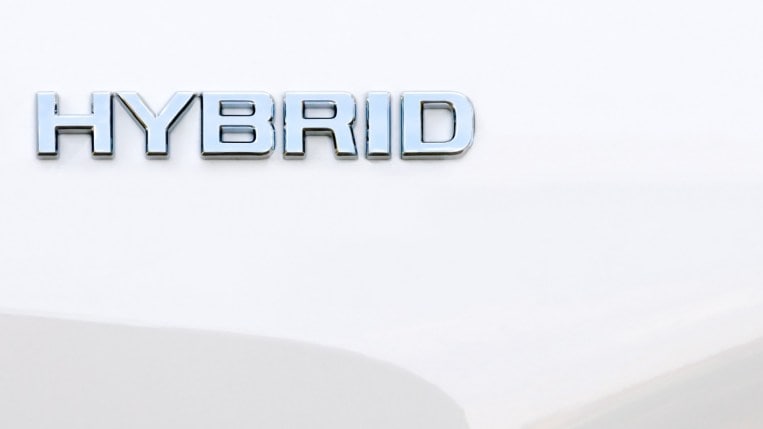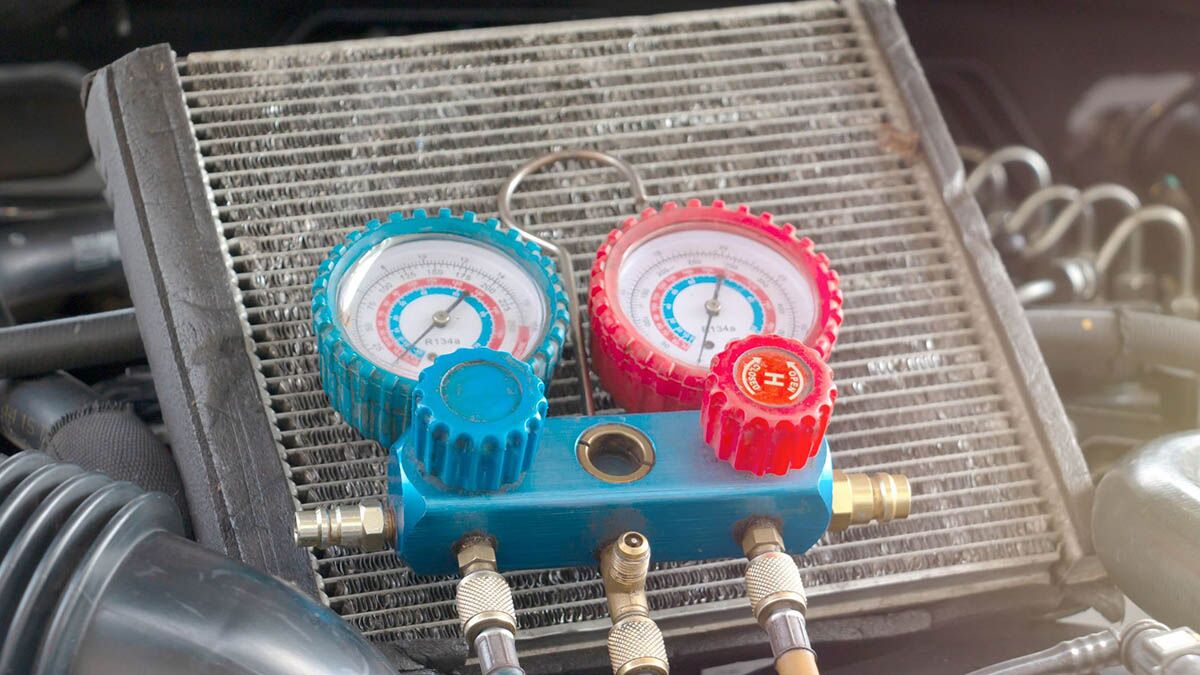Saving money at the fuel pump is great, and hybrid vehicles are an excellent means of getting more miles from every gallon of gas. But what makes hybrids so efficient, particularly when it comes to gas mileage during city driving?
To start, know that hybrids use an internal combustion engine with at least one electric motor and a battery pack. The electric motor takes some strain off the gas-fed engine, which, in turn, helps improve fuel mileage.
But not all hybrids are the same. There are variations and key things to consider for any car shopper thinking about putting a hybrid in their garage or driveway. You must consider what type of driving you do most. Then determine whether better city or highway mileage will be the kindest to your gas budget down the road.
Let’s start by looking at what makes hybrids tick and how everything from fuel consumption to straight-line speed can get a boost from this automotive technology.
How Do Hybrid Cars Work?
Unfortunately, no single mechanical blueprint covers today’s increasingly wide range of hybrid vehicles. What is simple to understand is that a hybrid typically returns better fuel mileage than a vehicle running solely on a gas-powered engine. Credit goes to the hybrid’s electric motor and battery pack for that added mileage, especially with city driving.
“Hybrids have better mpg in the city because of the low speed,” explains Brian Moody, executive editor at KBB.com. “The start-and-stop feature allows the car to use the electric motor more. Most hybrids under light acceleration use the electric motor for the first few yards, then the gasoline engine kicks in.”
The main three categories of hybrid cars include mild hybrid (MHEV), hybrid, and plug-in hybrid (PHEV). Each helps to improve overall fuel economy. Some are better than others regarding mileage gains over non-hybrid models.
Should I Use EV Mode?
The short answer is an emphatic “absolutely.” The point of any hybrid is to put the electrical components to work and save money on gas. A hybrid powertrain doesn’t need to be nannied. If an EV mode is available, it’s wise to put it to use as often as possible.
“In city driving, or any low-speed driving, a hybrid makes the most use of the electric part of the gas/electric hybrid setup,” Moody says. “For example, if you’re stuck in heavy traffic and just creeping along, you’ll mostly be using the electricity of the hybrid.”
What can make the biggest difference in fuel mileage is which type of hybrid powertrain boosts the vehicle you’re driving. For example, some hybrids can operate solely on electric power, while others cannot.
City Mileage vs. Highway Mileage: What’s the Difference?
Hybrids improve mileage, though certain variations hold an edge regarding city and highway fuel economy. Knowing what type of hybrid suits your driving needs is the best way to start car shopping.
A mild hybrid pairs a gas engine with a small electric generator coupled to a compact lithium-ion battery. This adds electric assistance during acceleration and refires the engine using a start-stop system. Unlike a hybrid or PHEV, the electric power of an MHEV can’t fully drive the vehicle, so mileage gains are smaller.
Hybrids like the Toyota Prius utilize electric motors and battery packs working with gas-fed engines and shared transmissions. A hybrid keeps its electrical system charged by using heat and energy provided under deceleration via regenerative braking.
Hybrids can travel solely on electric power, often only at slower speeds and for short distances.
A PHEV has the same general layout as a hybrid. However, it comes with a larger and more powerful battery pack. This allows a plug-in hybrid (PHEV) to travel under electric power for 10 to 40 miles, depending on the make and model.
Unlike a regular hybrid, a PHEV must be plugged in to recharge its battery pack fully.
How to Get the Best Gas Mileage for Your Hybrid Car
Don’t worry — you don’t need to dramatically alter your driving habits or maintain a tortoise-like pace to get the best fuel economy in your chosen hybrid. Though, if you’re determined to spend life in the fast lane of every highway, the needle on your hybrid’s gas gauge is likely to drop just as quickly.
That’s because the powertrain is working harder to maintain speed, as Moody explains. “At high speed, when the vehicle encounters more wind resistance, the gasoline engine runs more often to keep the vehicle at highway speeds.”
It’s good to know many PHEVs can run on electric power at highway speed for limited distances. On the other hand, compared to a standard hybrid, the heavier weight of a PHEV powertrain can lower its city and highway fuel economy once the battery pack is depleted.
Read Related Stories on Hybrids:
- 10 Best Used Hybrids Under $20,000
- Busting the Myths and Fears of Buying an Electric Car
- What is MPGe? Everything You Need to Know








